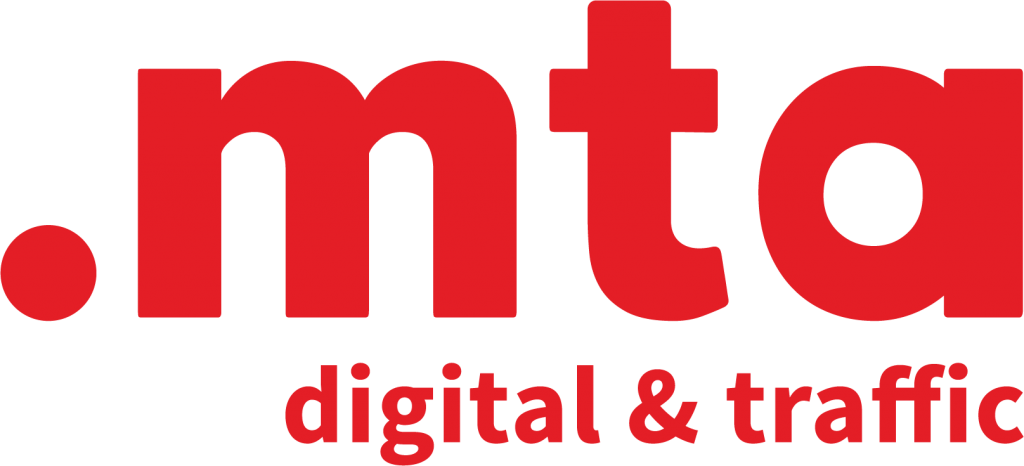CAMPAIGN NAMING METHODOLOGY
Do you manage Facebook, Google Ads or GTM activities? Does being able to distinguish between all the new campaigns start to worry you? Those feelings of dread and frustration stirred by accessing an account and not being able to tell what to do next are known all to well to us.
You can imagine what happened, when someone had to quickly jump in! Does this ring a bell?If so – we’re here to share some advice and ideas!
The problem surfaced once we started to manage multiple accounts. The task of quickly grasping the situation proved to be difficult even for people working directly with a given client.
Today, we’re about to show you our campaign naming methodology and the benefits it brings.
WHAT IS A CAMPAIGN NAMING METHODOLOGY?
Naming methodology for PPC campaigns is a systematized way of creating campaign names. Thanks to it each campaign, regardless of an account or platform, will be named in a way understandable to all team members. The whole process and all parameters are thoroughly described in a file the whole staff can access. Thus, once we log into an account, the situation becomes clear after a single glance at the campaigns. Checking the settings is not required – the name itself provides all the information.
WHAT MADE US IMPLEMENT THESE CHANGES?
As mentioned, once MTA started to grow, we felt loosing control would become more and more probable. There was no central dashboard gathering all the data to make account handovers quick and easy. So we decided to implement a default system. Everything has been put down in a single document, shared with the whole organization. It quickly turned out we hit the jackpot. Each onboard is introduced to the methodology and quickly gets a grasp on it. After a while, it becomes a second nature one couldn’t do without.

OK, SO IT WORKED FOR MTA. BUT WILL IT WORK FOR ME?
Our methodology is universal. Because of that, it can be applied by any team. All it takes is adjusting internal processes and briefing the staff on the planned changes. While the switch may be difficult at first, the newly gained clarity will be worth it – like it was in our case.
IT ALL SOUNDS AWFULLY RIGID, WHAT ARE THE TRUE BENEFITS?
Some of the pros have been partially described above. But let’s reiterate: a unified process, implemented across all accounts, makes the whole system transparent and easy to follow. Should a need for permanent or temporary handover (e.g. during holidays) arise, transfer of duties can proceed smoothly between all members of the organization. Campaign settings are readily visible right from the account level. Is it targeted by interests? Or maybe it’s remarketing-based? You don’t have to go to the settings. Save time. And thus – money!
Also, think about auditing – if performed for an account with many active campaigns, our methodology will help you identify them on the fly! No need to constantly check the account. Because audit is no easy task, such improvements are bound to delight your team.

WHAT ARE THE COMPONENTS OF THE METHODOLOGY?
Our campaign naming system consists of a number of elements. First, you need to determine the sales funnel level your clients are currently at. Remember Google’s sales funnel? There are four levels: see, think, do and care. We’ve expanded this structure to 9 levels. Starting from the bottom (the ninth level), i.e. clients, who are totally unaware of your brand, all the way up to the first one, gathering current or past buyers.

If you don’t need that many categories, feel free to narrow them down.
The next parameter is the source, understood as the channel in which the campaign is active; this can be e.g. Facebook Ads, Google Ads or a native ads platform (the set is not closed – as your business grows, new elements can be added).

Next, we have the technology or ways of targeting. Here we need to determine if a campaign is based on remarketing or interests.

In the next step, the individual action ID or action name is determined. If campaigns are scheduled for a defined period or date, e.g. Mother’s Day – it can be given a specific ID number and a name. In case of short-term, frequently modified campaigns – this distinction may come in handy.

Next, a precise description of a chosen group can be placed. So, if you run a remarketing campaign, here you can mark e.g. the membership duration.

The above mentioned elements are the ones we always strive to consider. Of course, there’s no need to place action ID or a group name just for the sake of it. However, if more information is needed, additional parameters like campaign starting date or name of the targeted country can be employed.

Some of the parameters are picked from a list, some of them need to be entered manually. The fact that lists and their elements can be freely modified and expanded is obviously a huge plus.
If at first, this all looks complicated – don’t worry! Although the methodology is not perfect (e.g. it being an open set can easily cause chaos and lack of control), once supervised and complied with it will bring phenomenal results. If consistently implemented – – you are bound to succeed. If you liked this post, stay up to date –please share and follow us on Facebook.
